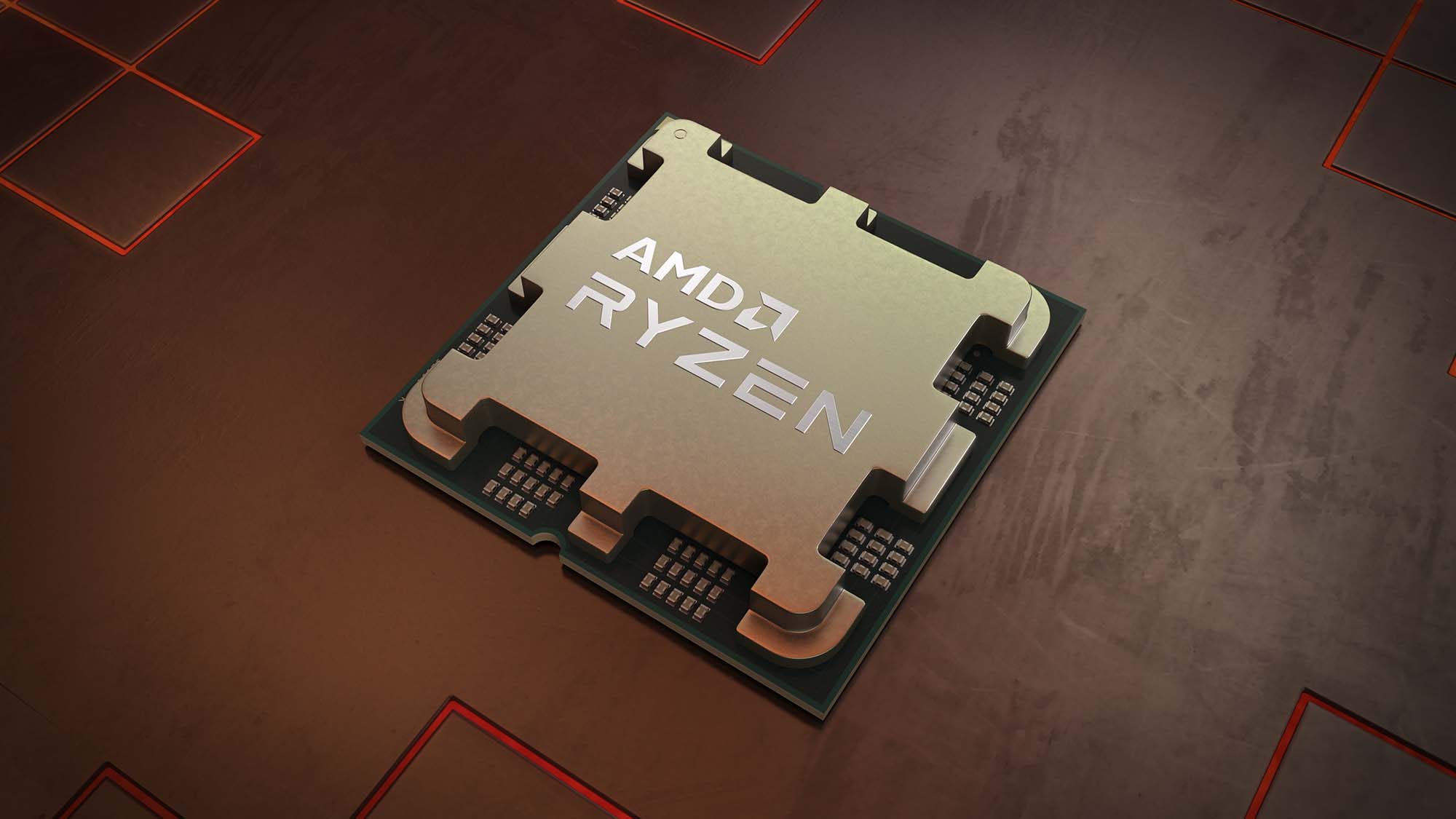AMD Strix Halo leak suggests chips are imminent, but gives me a couple of reasons to worry about the flagship laptop CPU
‘Pro’ naming hints this is a workstation chip, and benchmark for integrated GPU seems slow – but there are reasons for the latter

One of AMD’s incoming Strix Halo chips has been spotted in a benchmark for the first time, and this is the flagship APU in fact, indicating that as rumors suggest, these Ryzen laptop processors are nearing release.
VideoCardz noticed the Geekbench result for a 16-core (Zen 5) Strix Halo chip with Radeon 8060S integrated graphics.
The APU – which is AMD’s fancy name for an all-in-one processor with an integrated GPU and NPU – is called the AMD Ryzen AI Max+ Pro 395, and is shown as boosting up to 5.1GHz.
As for the actual benchmark result, the test run is Vulkan performance, which interestingly is a graphics metric. However, the score of 67,004 is slower than expected – but there’s a reason for that, which I’ll discuss next.

Analysis: GPU performance and workstation-only worries
That’s a relatively disappointing score, because as VideoCardz points out, the RX 7600 desktop graphics card hits about 90,000 in that test. The hope is that the Radeon 8060S integrated GPU in the Strix Halo flagship will be able to get a lot closer to the RX 7600 than this, based on prerelease hype – which has compared it to an Nvidia RTX 4070 discrete mobile GPU in the past – and it might well do, in the end.
Remember, this is still an early sample chip, so the finished Ryzen AI Max+ Pro 395 will undoubtedly run faster. It’s too soon to make judgments, especially based on just a single leak (from Geekbench – which is hardly the first pick for graphics benchmarks, of course).
This leak is more about the fact that the Strix Halo flagship is floating around being tested, rather than the actual result itself. It’s another hefty hint that the rumors of AMD launching the new range of APUs at CES 2025 are correct.
Get daily insight, inspiration and deals in your inbox
Sign up for breaking news, reviews, opinion, top tech deals, and more.
However, perhaps everyone should temper their expectations a little in some respects. Yes, the Strix Halo flagship’s Radeon GPU has 40 CUs and is based on a refreshed take of RDNA 3 (dubbed RDNA 3.5) – compared to 32 CUs and vanilla RDNA 3 in the RX 7600 – but the latter is still a discrete desktop GPU, and integrated solutions are clearly more limited in terms of design and thermals.
We will just have to see how performance shakes out when it comes to reviews, of course, or indeed further leaks. What I’m betting we can all agree on, most likely, is that name, which seems very clunky – but it also carries another worrying hint.
The ‘Pro’ in the name (Ryzen AI Max+ Pro 395) indicates that this is a workstation part. Now, there could be a Ryzen AI Max+ 395 (non-Pro) counterpart for thin-and-light gaming laptops that come with the same CPU and GPU configuration – or, as previous chatter on the grapevine has suggested, AMD might reserve this flagship APU for workstations only.
Gaming notebooks may only get a lesser Ryzen AI Max+ chip, and this is a hint that this is the case, albeit an admittedly thin one. Again, all we can do is keep watching the leaks, but we’ll likely find out at CES 2025 with that big Strix Halo reveal: will it be workstation-only, or not, for the flagship?
You might also like
Darren is a freelancer writing news and features for TechRadar (and occasionally T3) across a broad range of computing topics including CPUs, GPUs, various other hardware, VPNs, antivirus and more. He has written about tech for the best part of three decades, and writes books in his spare time (his debut novel - 'I Know What You Did Last Supper' - was published by Hachette UK in 2013).